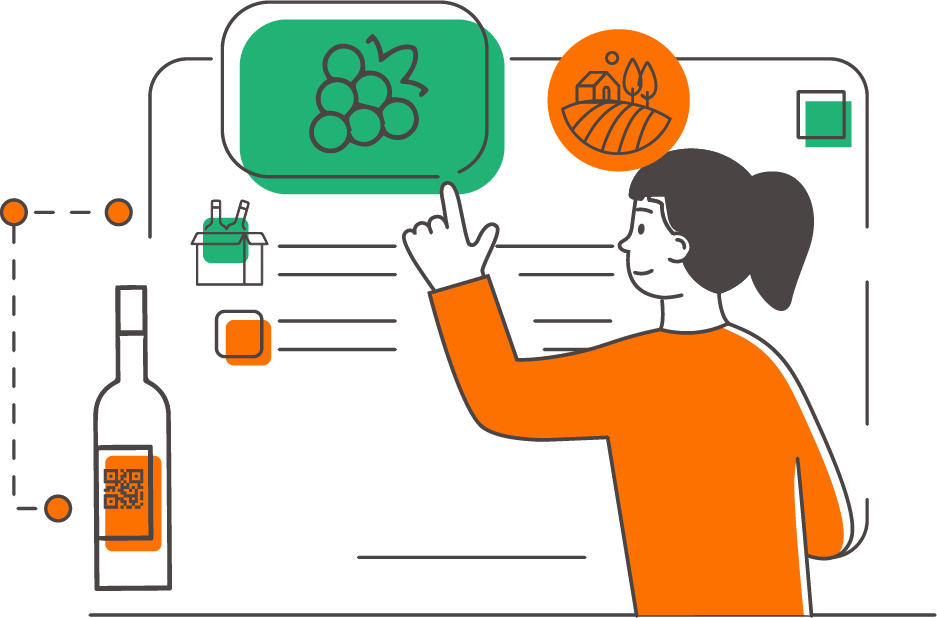
Italian Sounding: The Christmas Sweets Boom and the Challenge of Authenticity for Made in Italy
The year-end holidays are a time for conviviality, culinary traditions, and a focus on the quality of the products we bring to our tables. However, it is also the period when the phenomenon of Italian Sounding reaches its peak, threatening the authenticity of Made in Italy.
What is Italian Sounding?
Italian Sounding refers to the production and commercialization of food products that evoke Italian names, images, or symbols but have nothing to do with Italian tradition or quality. Cheeses like “Parmesan,” sauces labeled as “Marinara,” or wines with Italian names but produced abroad are just a few examples. This phenomenon, which generates an estimated global turnover of over 120 billion euros, not only damages Italian producers but also confuses consumers, leading them to choose lower-quality products thinking they are buying authentic ones. According to recent data, about two-thirds of food products sold abroad as Italian are actually counterfeit or Italian Sounding. This means that out of 100 products purchased as Italian, only 33 are genuinely made in Italy.
The Most Affected Products by Italian Sounding
Among the products most affected by Italian Sounding are:
- Cheeses: “Parmesan” and “Romano cheese” are among the most widespread, with production exceeding more than five times that of their authentic Italian counterparts, such as Parmigiano Reggiano and Pecorino Romano.
- Olive oil: Often labeled as “Italian style,” it is estimated that over 50% of the oil sold as Italian is actually produced in other countries.
- Christmas sweets: Panettone and nougat account for 20% of the Italian Sounding product market during the holidays, with a sales boom in countries like the United States and Brazil.
- Wines: Counterfeit Chianti and Prosecco generate revenues exceeding 2 billion euros annually.
Italian Sounding During the Holidays
During the Christmas season, consumers are more inclined to seek “premium” products to celebrate with friends and family. This increases the presence of products exploiting the Italian image to attract buyers, such as panettone produced outside Italy, dubious-origin olive oils, and wines falsely marketed as Italian. A report by Coldiretti highlights that 2023 saw a 10% increase in sales of Italian Sounding products during the holidays compared to the previous year, with particularly marked growth in markets such as the United States, Germany, and China. The holiday table thus becomes fertile ground for the proliferation of Italian Sounding, endangering not only the reputation of Made in Italy but also consumer food safety.
Discover the last data published in the ISMEA Report on Italian Sounding
How to Recognize Authentic Made in Italy Products
To defend against Italian Sounding and ensure the quality of the products we choose, it is essential to pay attention to a few details:
- Read the label: Look for clear indications of the product’s origin and verify the presence of marks such as DOP, IGP, and STG.
- Recognize certified marks: Authentic Made in Italy products often feature official certifications guaranteeing their origin and quality.
- Buy from reliable retailers: Favor stores, supermarkets, and online platforms that ensure transparency in the production chain.
Read more on the special labels introduced by Italian producers to certify the Made in Italy
Trackyfood’s Role in the Fight Against Italian Sounding
Trackyfood is committed to promoting transparency and food traceability, offering innovative tools to ensure consumers can learn about the history and origin of the products they purchase. Through our platform, it is possible to access detailed information about the production chain, helping to preserve the authenticity of Made in Italy and combat the phenomenon of Italian Sounding.
Conclusion
The year-end holidays are a perfect time to celebrate Italian tradition, but it is essential to do so consciously. Choosing authentic Made in Italy products not only enriches our tables but also supports local producers and protects a unique cultural heritage. With tools like Trackyfood, we can all become ambassadors of Italian excellence, contributing to keeping the true essence of Made in Italy alive.
More news
Read the news we have selected for you. Lots of curiosities and information on the world of food.
The 5 Myths About Food Traceability
Food traceability has become an essential component of the mod..








